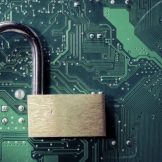Cybersecurity and the Election: The Conversation We Need to Have
How can a group of individuals spread across the globe, working behind their personal computers, with no real budget, successfully take down organizations and governments with millions—sometimes billions—of dollars to spend on cybersecurity?








